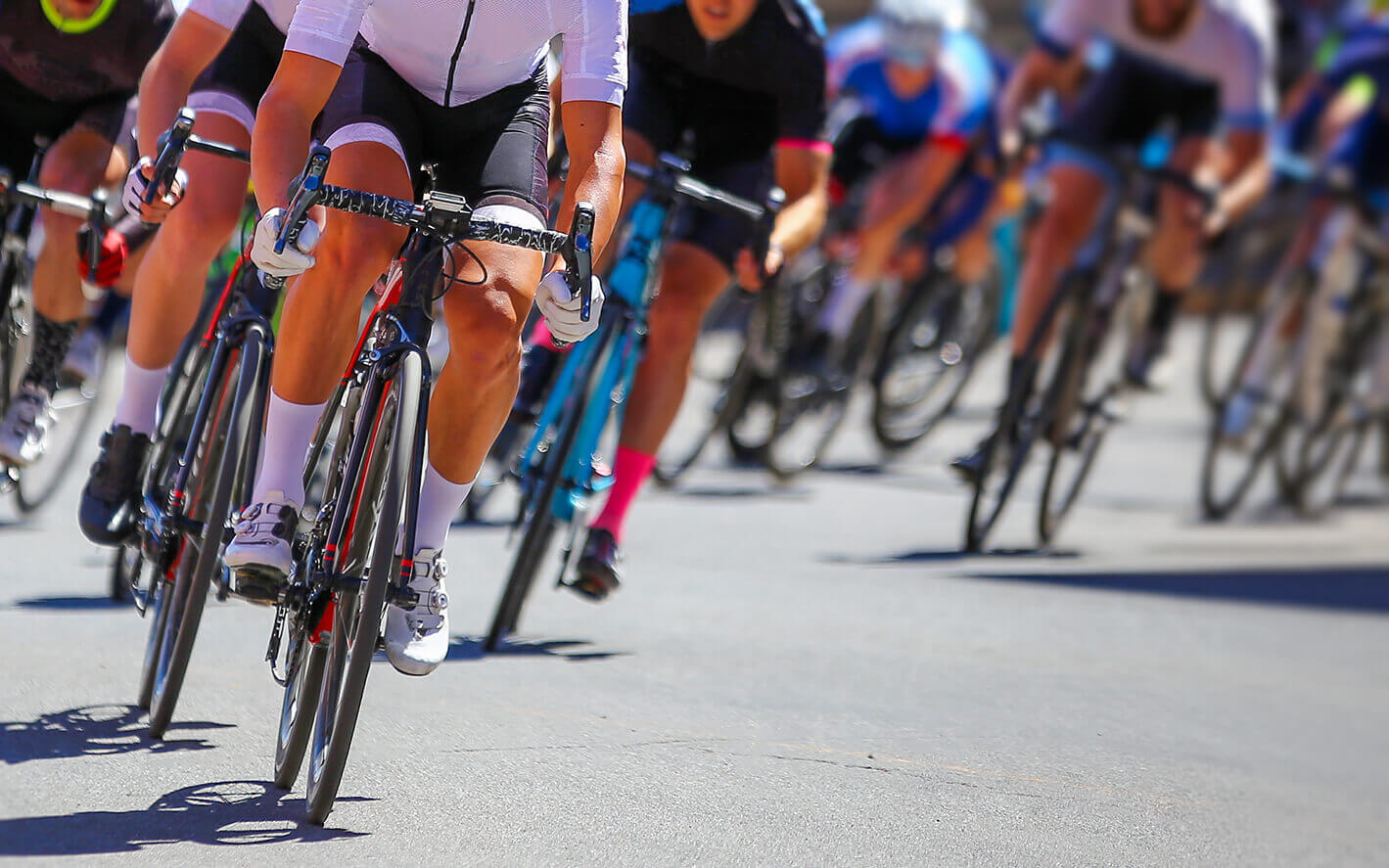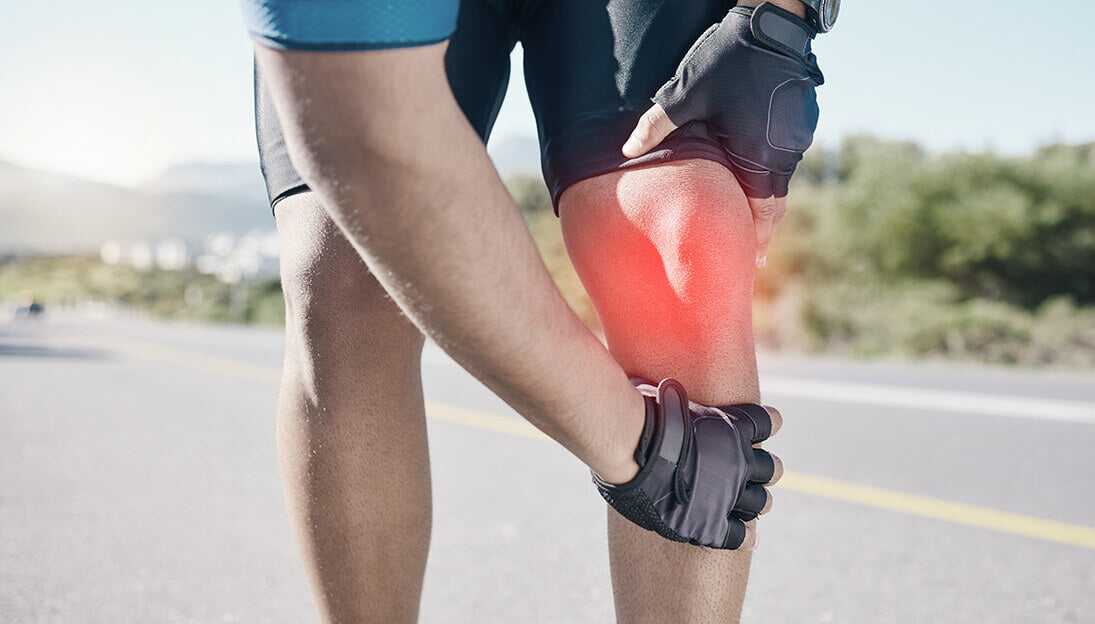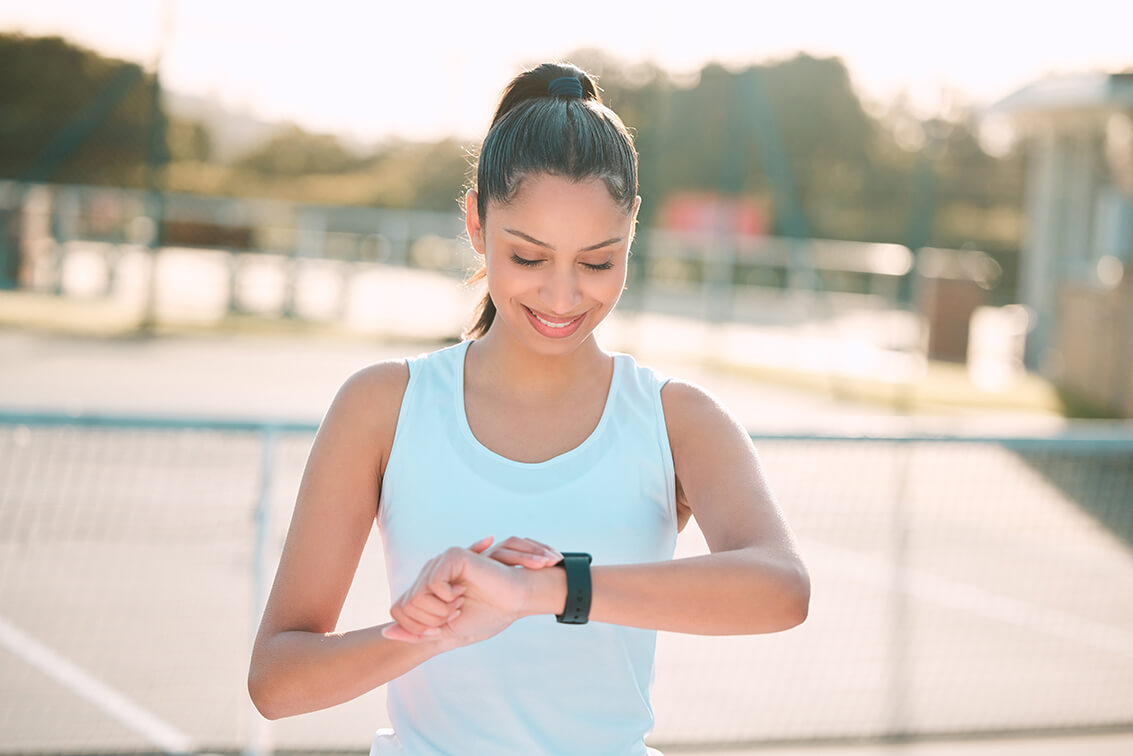Are you aiming to boost your cycling fitness and turn your rides into a more productive workout? Discover exactly how with no-nonsense strategies tailored to enhance your cycling health and performance. From refining your training regimen to pinpointing nutrition and hydration essentials, you’ll learn practical tactics for measurable improvements in fitness. Expect clear guidance on structured training, balanced nutrition, and mental tactics that keep you on track, all central to elevating your cycling fitness.
Key Takeaways
- Stick to a consistent training schedule with gradual increases in training volume and include group rides for motivation and skill improvement.
- Enhance your cycling endurance and strength by incorporating long rides, interval training, and strength training into your fitness routine.
- Maintain proper nutrition and hydration, with a well-balanced macronutrient intake and regular fluid consumption, to optimize performance and recovery.
Maximizing Cycling Performance

Cycling performance is a fine balance between consistency, training volume, and motivation. Regular cycling sets the stage for steady progress, keeping you on track towards your fitness goals. There’s no shortcut to cycling fitness; it’s a journey that requires patience, persistence, and passion.
The secret to a successful cycling journey lies in gradually increasing your training volume. This approach builds your cycling fitness effectively, preparing your body for the demands of long rides and high-intensity sessions. Moreover, participating in group rides can amplify your motivation, offering social benefits that make your cycling journey more enjoyable and rewarding.
Consistency in Training
Cycling fitness is fundamentally rooted in consistency. It’s the steady rhythm of regular exercise that triggers sustainable adaptations over time, preventing power development interruptions, fitness plateaus, and mental burnout. Maintaining a consistent training regimen, even when your motivation is running low, is crucial for steady progress and improving your fitness level.
Laying a strong foundation of fitness through regular cycling 3-4 times a week is critical for training success. Indoor cycling tools are your best allies during adverse weather conditions, allowing you to train consistently and aid your progress. Moreover, seeing tangible fitness improvements through adherence to a cycling training program can significantly boost your self-esteem, focus, and motivation.
Increasing Training Volume
Augmenting your training volume paves the way to enhanced cycling fitness. This doesn’t mean pushing yourself to the brink of exhaustion; it’s about integrating extra endurance workouts into your existing schedule. These low-intensity workouts are easy to manage and minimize the risk of adding excessive intensity.
A strategic approach to increasing training volume involves:
- Adopting a two-workout-per-day strategy
- Using tools like TrainNow
- Ensuring that your added training volume complements your structured training plan without interfering with other life obligations
- Aim for 8 to 10 hours of cycling per week to build endurance.
Group Ride Benefits
Group rides transcend mere cycling together by acting as social congregations on wheels, nurturing connections and mitigating loneliness. This social aspect can significantly increase your motivation levels, making cycling an enjoyable and rewarding experience.
The shared experience of group rides offers several benefits for cyclists:
- It creates a sense of accountability, enhancing your motivation to stick to a regular cycling schedule.
- It provides a platform for learning, where you can pick up new skills and techniques from fellow riders.
- By integrating one group ride per week into your training plan, you can boost your skills and speed, making your endurance training more enjoyable.
Building Endurance and Strength

Enhancing endurance and strength is vital for advancing your cycling performance. Regular cycling increases your exercise efficiency, enabling you to perform more exercise with less effort over time. Moreover, cycling primarily strengthens the following muscles:
- Quadriceps
- Glutes
- Hamstrings
- Calves
This contributes to overall muscular endurance and strength.
To effectively build endurance and strength, you need to focus on three main areas: long rides for endurance, interval training for power, and strength training for overall fitness. Each of these areas contributes uniquely to your cycling fitness and performance, helping you become a stronger, more efficient cyclist.
Long Rides for Endurance
Endurance training fundamentally relies on long rides. They aim to make you fitter, leaner, and faster for events lasting over five hours by focusing on muscular strength, cycling cadence, and fatigue resistance. If you’re a beginner, start by building up to 60-90 minutes per ride and gradually extend 1-2 rides per week to over two hours.
Endurance training, essential for endurance athletes, includes a mix of low-intensity sessions and higher aerobic efforts. The former trains your body to use fat efficiently as a fuel source, while the latter improves your cycling economy. By increasing your cycling volume, you stimulate mitochondrial biogenesis and enhance muscle capillarization, thereby improving your endurance performance and VO2 max.
If you use your phone while your cycle, especially on your long rides, be sure to use a phone charge case and mount. StrideCharge will allow you to mount your phone to your handlebars and wirelessly charge it.
Interval Training for Power
For cyclists seeking to boost their power output, High-intensity interval training (HIIT) proves to be transformative. HIIT routines such as Miracle Intervals can significantly boost your power output with lower volume compared to endurance training alone. These intense workouts include short bursts of full-power production, recommended once or twice per week for experienced cyclists.
A typical HIIT workout using Miracle Intervals includes a warm-up followed by several 20 to 30-second full-power bursts with 4 to 5 minutes of recovery in between. Indoor cycling apps and smart trainers can help you maintain precise power-based training focused on improving performance aspects like endurance, sprinting, or climbing.
Strength Training for Cyclists
Strength training acts as a perfect ally to cycling, bolstering overall fitness levels, power, stability, and endurance. Incorporating targeted exercises like:
- Single-leg deadlifts
- Front squats
- Lunges
- Leg lifts
- Burpees
- Renegade rows
- Kettlebell swings
Engaging in brain power cycling activities can strengthen muscles crucial for cycling performance.
Cross-training activities help you work different muscle groups, especially those not primarily used in cycling, promoting overall muscle balance and recovery. Incorporating a regular strength training routine, with a mixture of cycling-specific and cross-training exercises, can lead to significant improvements in your cycling fitness and performance. Some cross-training activities to consider include:
- Swimming
- Running
- Yoga
- Pilates
- Weightlifting
- HIIT workouts
By incorporating these activities into your training regimen, you can enhance your overall fitness and become a stronger cyclist.
Nutrition and Hydration Strategies

Proper nutrition and hydration during rides form the bedrock of cycling. Maintaining a balanced macronutrient intake supports your energy levels, facilitates high-quality workouts, and aids in recovery. Furthermore, endurance cyclists should aim for a fat intake of around 30% of total calories as part of a well-balanced diet to help burn fat.
When it comes to hydration, the baseline recommendation is one full water bottle (20 ounces or 500ml) per hour. Drinks containing carbohydrates and electrolytes during rides can provide essential calories and help maintain electrolyte balance.
Let’s delve deeper into the importance of fueling your body and staying hydrated during your cycling journey to lose weight.
Fueling Your Body
Sufficient daily energy intake is essential to uphold your immune system, cognitive functions, and aid workout recovery. For moderate to high-intensity training lasting 60 to 120 minutes, aim for 1.6 to 1.8 grams of carbohydrates per pound of body weight per day.
Prior to a ride, consuming a small carbohydrate snack will give you the energy required for the ride. After your ride, replenishing your carbohydrate stores is crucial. Aim for the higher end of your daily carbohydrate intake goal to promote recovery and prepare for subsequent training sessions.
Staying Hydrated
Maintaining hydration during rides is vital to ward off dehydration and uphold electrolyte balance. For rides lasting 1 to 3 hours, cyclists should consume 24-28 ounces of fluid per hour or 6-7 ounces every 15 minutes. For longer rides of 3 hours or more, cyclists are recommended to consume 24-32 ounces of fluid per hour.
Including carbohydrates and electrolytes in your fluid intake is essential during medium rides of 1 to 3 hours. For extended rides beyond 3 hours, the fluid intake should include 60-90 grams of carbohydrates and 400-800 milligrams of sodium. Remember, maintaining proper nutrition and hydration is crucial even in wet conditions, as focusing on the weather can lead to neglecting regular fluid intake.
Mental Health and Focus

Cycling offers benefits beyond physical health, significantly contributing to mental well-being. Here are some of the mental health benefits of cycling:
- Regular cycling reduces your body’s stress hormone cortisol, leading to less stress
- About 75% of cyclists report improvements in their mental health, with some experiencing relief from depression and anxiety
- Cycling allows you to be fully present in the activity, providing respite from stressful and negative thoughts
Besides the mental health benefits, cycling also helps in maintaining focus and motivation. Achieving cycling goals can enhance self-esteem and promote a positive body image due to the sense of accomplishment and improved physical fitness. Let’s explore how cycling can aid in reducing stress levels and maintaining focus and motivation.
Reducing Stress Levels
Cycling can significantly lower the body’s stress hormone cortisol and relieve tension, thereby improving mental health by reducing the risk of stress and enhancing mood and energy levels. Walking and cycling with mindfulness help manage depression, anxiety, and stress, providing a focal activity to limit intrusive thoughts. Additionally, these activities can contribute to maintaining healthy levels of high blood pressure.
Through the release of ‘feel-good’ hormones endorphins, similar to anti-anxiety medications, cycling boosts self-esteem, triggers humor, and fosters social connections that collectively contribute to stress management.
Maintaining Focus and Motivation
Preserving focus and motivation during rides is indispensable for optimal cycling performance. Creating a routine with training at the same time each day and setting designated off days can improve focus and motivation by reinforcing consistency. Trigger words and visual imagery are powerful psychological tools that can boost morale and provide motivation during challenging parts of a ride.
Negative self-talk can serve as a motivational strategy by challenging riders to overcome adversity and improve performance, particularly in the latter stages of rides. Learning to embrace this negative self-talk can be a game-changer, transforming it into a tool for motivation and success.
Adapting to Different Terrains and Conditions

The ability to adapt to varied terrains and conditions is a fundamental skill for all cyclists. Whether it’s facing headwinds or riding in the rain, cycling in different conditions requires strategic planning and preparedness. Using the bike to explore new terrains can lead to new discoveries and significantly enhance the cycling experience.
Let’s delve deeper into how you can adapt to mountain biking and rough terrains, as well as indoor cycling alternatives.
Mountain Biking and Rough Terrain
Activities such as mountain biking and traversing rough terrains like gravel cycling expand a cyclist’s horizons and foster enhanced cycling fitness. Embracing the variable and challenging conditions off the bike path, such as:
- getting soaked
- encountering steep hills
- navigating rocky trails
- riding through mud
is a fundamental aspect of mountain biking on rough terrain.
By stepping out of your comfort zone, you not only enhance your cycling skills but also discover a new sense of adventure and excitement.
Indoor Cycling Alternatives
Indoor cycling emerges as a favored choice to sustain fitness when outdoor conditions, such as persistent rain, are unsuitable for cycling. Training apps like:
add an interactive and motivational dimension to indoor cycling, making workouts more enjoyable.
If you plan to pair your phone to your T.V. to use apps like Zwift, then be sure to use a phone charging case and mount so you can keep your phone fully charged during your training sessions, so you finish your workout with a fully charged phone.
Indoor cycling provides the flexibility needed for those with busy or unpredictable schedules to maintain a regular training regimen.
Injury Prevention and Recovery
The low-impact characteristic of cycling facilitates injury prevention and recovery, rendering it an optimum sport for individuals across all fitness levels. During the recovery process, cycling helps maintain muscle tone and cardiovascular fitness with minimal stress on healing tissues. Moreover, the consistent pedaling motion involved in cycling can improve joint range of motion, aiding in the recovery of lower limb injuries.
Let’s further explore the role of proper warm-up and cool-down techniques, the benefits of low-impact exercise for joint health, and the advantages of a slower pace.
Proper Warm-Up and Cool-Down Techniques
A preparatory warm-up before cycling primes the body for exercise, amplifies performance, and safeguards against injuries through increased muscle blood flow, reduced stiffness, and heart readiness for exertion. Different cycling events, such as sprints, time trials, and endurance rides, require specific warm-up routines to prepare the body and mind for the upcoming exertion.
An appropriate cool-down post-cycling assists in restoring the body to its pre-exercise condition and plays a key role in eliminating waste products from muscles, thereby facilitating recovery. Engaging in 4 to 5 minutes of easy pedaling post-ride aids in preventing muscle stiffness and soreness, while static stretching should be performed at least three hours after cycling for optimal benefit and to avoid muscle soreness.
Low-Impact Exercise and Joint Health
Known for its low-impact and joint-friendly nature, cycling offers several benefits for joint health:
- Alleviates strain on weight-bearing joints like hips, knees, and ankles
- Lowers the risk of joint injuries and wear
- Helps maintain or improve joint mobility
- Ensures proper joint lubrication
Regular cycling can contribute to overall joint health, reduce the risk of joint-related issues, and help prevent cardiovascular disease, offering many health benefits.
For individuals suffering from arthritis, cycling provides a beneficial form of exercise that can alleviate joint pain and inflammation without negative impact. Cycling’s low-impact nature not only helps in maintaining joint health but also improves overall fitness, making it a wholesome exercise for the body and mind.
Summary
Cycling is a multi-faceted exercise that promotes not only physical fitness but also mental well-being. Whether you’re a seasoned cyclist or a beginner, this post has provided you with comprehensive insights into maximizing your cycling performance, building endurance and strength, maintaining mental health and focus, and adapting to different terrains and conditions.
Remember, the key to achieving your cycling goals lies in consistency, dedication, and a well-balanced approach that takes into consideration your training, nutrition, hydration, and recovery strategies. So, get on your bike, ride with joy, and experience the myriad benefits cycling has to offer!
Frequently Asked Questions
What is the best exercise for a cyclist?
To improve your cycling performance, incorporate strength and conditioning exercises like banded squats, deadlifts, planks, lunges, push-ups, and burpees into your training routine. These exercises will strengthen your lower body, core, and balance.
How long should I bike for a good workout?
For a good workout, aim to bike for 20-30 minutes with high-intensity intervals or 45-60 minutes for endurance or recovery, depending on your goals. Consider biking 30-60 minutes, 3-5 times a week for a total-body workout. Avoid forgetting to warm up before each ride.
Does cycling change your body shape?
Yes, cycling can help you develop leaner and more toned legs as it primarily targets muscles such as the glutes, calves, and quadriceps. So keep pedaling for a more defined lower body!
Is 30 minutes of cycling a day enough?
Yes, 30 minutes of cycling a day is enough to improve cardiovascular and muscular endurance, and it's a manageable commitment that can fit into busy schedules. So, get pedalling and witness the positive changes in your body and life!
What are some of the mental health benefits of cycling?
Cycling can help reduce stress by lowering cortisol levels and has been shown to improve mental health, with many cyclists experiencing relief from depression and anxiety. So, why not hop on a bike for a mood boost today?




Leave a comment
This site is protected by hCaptcha and the hCaptcha Privacy Policy and Terms of Service apply.